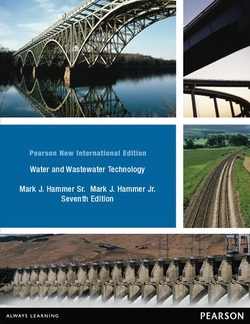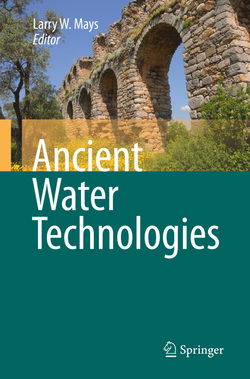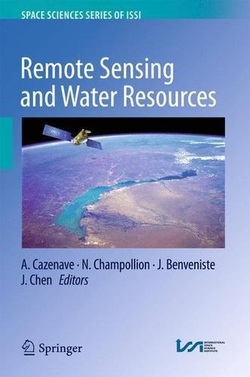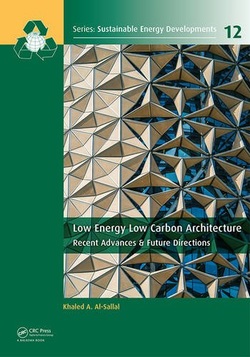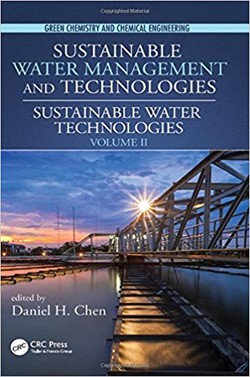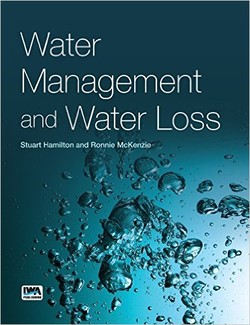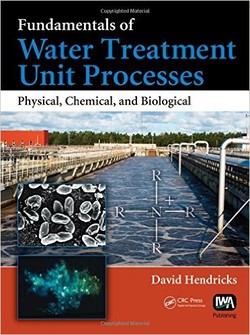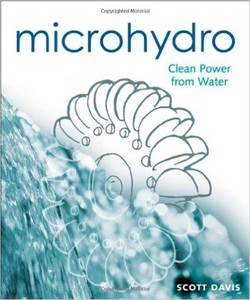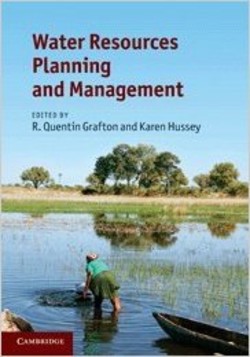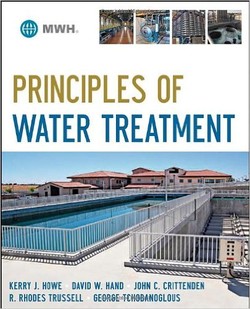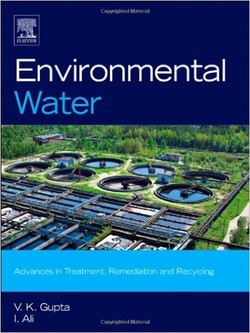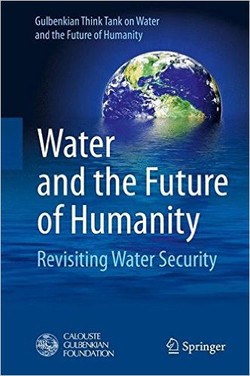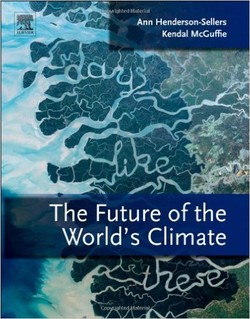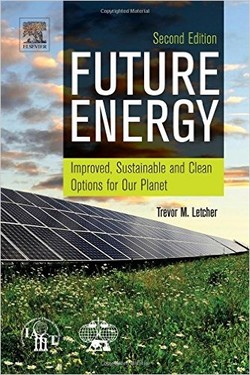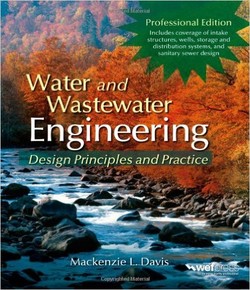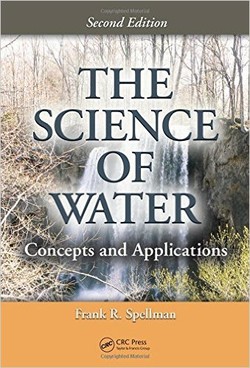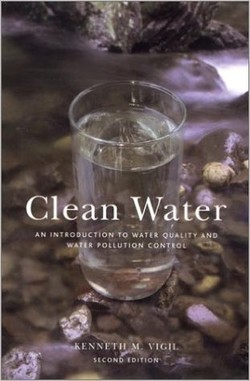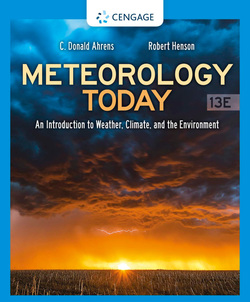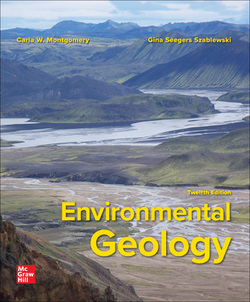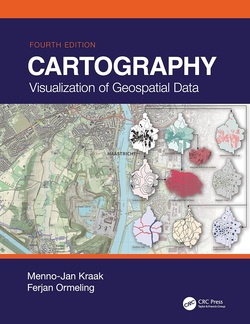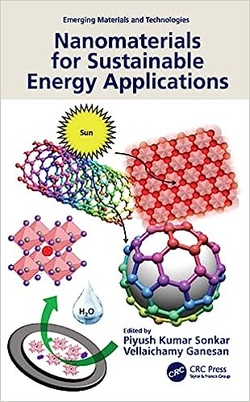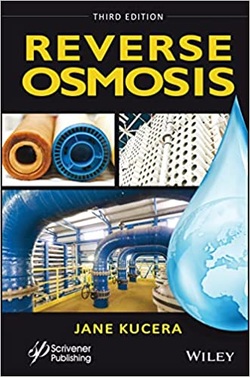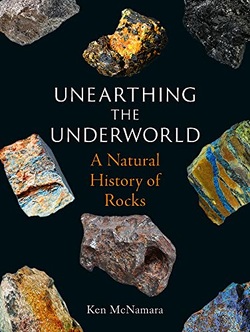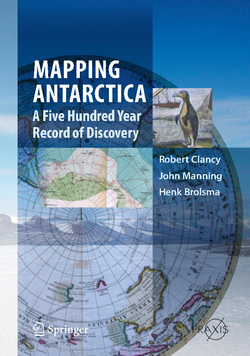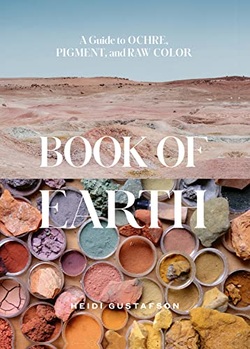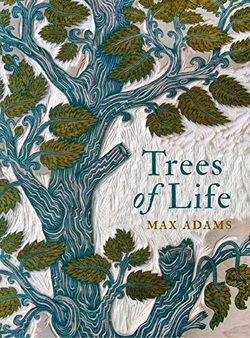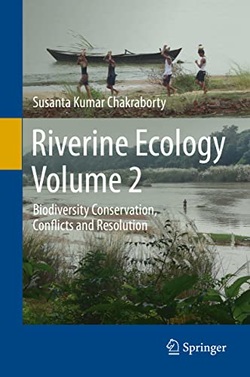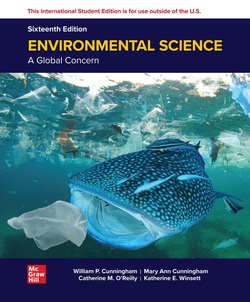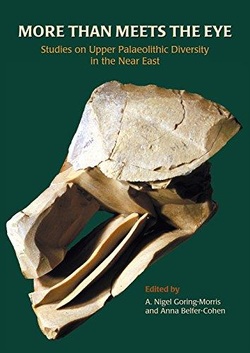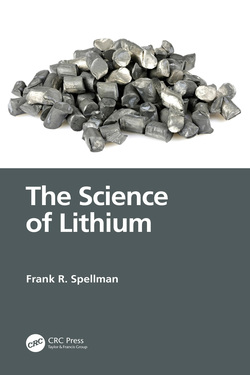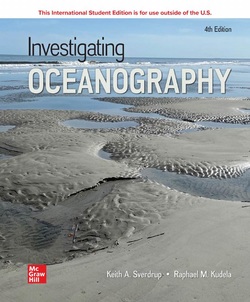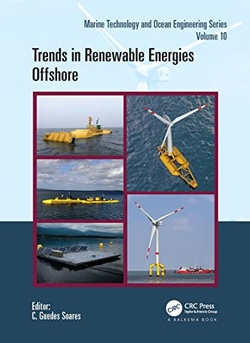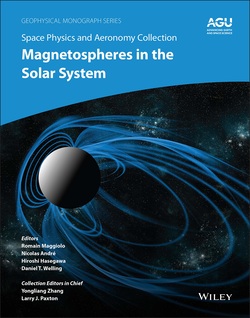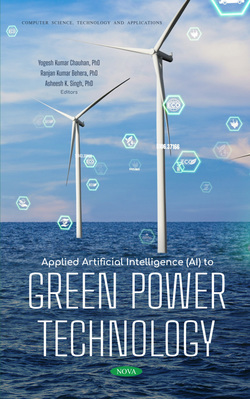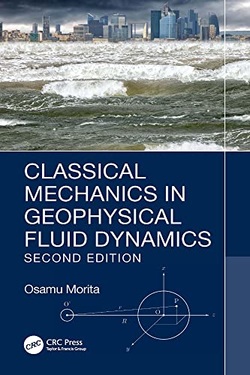آب 4.0؛ گذشته، حال و آینده حیاتی ترین منبع دنیا
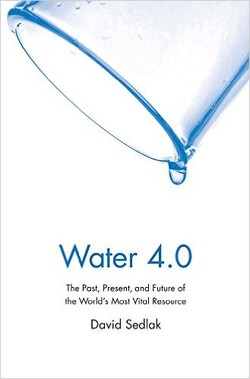
بسیاری از ما تاحدودی درباره سیستمهای پنهانی که آب را برایمان بهارمغان میآورند و هنگامی که کار ما با آن تمام شد؛ آن را قطع میکنند ازجمله بازکردن شیر آب، جاریکردن آب، بیرونآمدن پلاگین تخلیه و ازبین بردن آب کثیف؛ تفکر کردهایم.
اما این شگفتیهای ناشناخته مهندسی با آرایهای از چالشها روبرو است که بدون تغییرات اساسی در تعامل ما با آب، قابل حل نیستند. David Sedlak در کتاب روشنگر “آب 4.0” این موضوعات را شرح میدهد.
برای تصمیمگیریهای آگاهانه درباره آینده، ما نیاز به درک سه انقلاب در سیستمهای آب شهری که طی 2500 سال گذشته بهوقوع پیوستهاند و فناوریهایی که این سیستم را بازسازی خواهند کرد؛ داریم.
اما این شگفتیهای ناشناخته مهندسی با آرایهای از چالشها روبرو است که بدون تغییرات اساسی در تعامل ما با آب، قابل حل نیستند. David Sedlak در کتاب روشنگر “آب 4.0” این موضوعات را شرح میدهد.
برای تصمیمگیریهای آگاهانه درباره آینده، ما نیاز به درک سه انقلاب در سیستمهای آب شهری که طی 2500 سال گذشته بهوقوع پیوستهاند و فناوریهایی که این سیستم را بازسازی خواهند کرد؛ داریم.
سال انتشار: 2014 | 352 صفحه | حجم فایل: 3 مگابایت | زبان: انگلیسی
Water 4.0: The Past, Present, and Future of the World’s Most Vital Resource
نویسنده
David Sedlak
ناشر
Yale University Press
ISBN10:
030017649X
ISBN13:
9780300176490
قیمت: 16000 تومان
برچسبها: مدیریت آب The little-known story of the systems that bring us our drinking water, how they were developed, the problems they are facing, and how they will be reinvented in the near future Turn on the faucet, and water pours out. Pull out the drain plug, and the dirty water disappears. Most of us give little thought to the hidden systems that bring us water and take it away when we’re done with it. But these underappreciated marvels of engineering face an array of challenges that cannot be solved without a fundamental change to our relationship with water, David Sedlak explains in this enlightening book. To make informed decisions about the future, we need to understand the three revolutions in urban water systems that have occurred over the past 2,500 years and the technologies that will remake the system. The author starts by describing Water 1.0, the early Roman aqueducts, fountains, and sewers that made dense urban living feasible. He then details the development of drinking water and sewage treatment systems—the second and third revolutions in urban water. He offers an insider’s look at current systems that rely on reservoirs, underground pipe networks, treatment plants, and storm sewers to provide water that is safe to drink, before addressing how these water systems will have to be reinvented. For everyone who cares about reliable, clean, abundant water, this book is essential reading.
